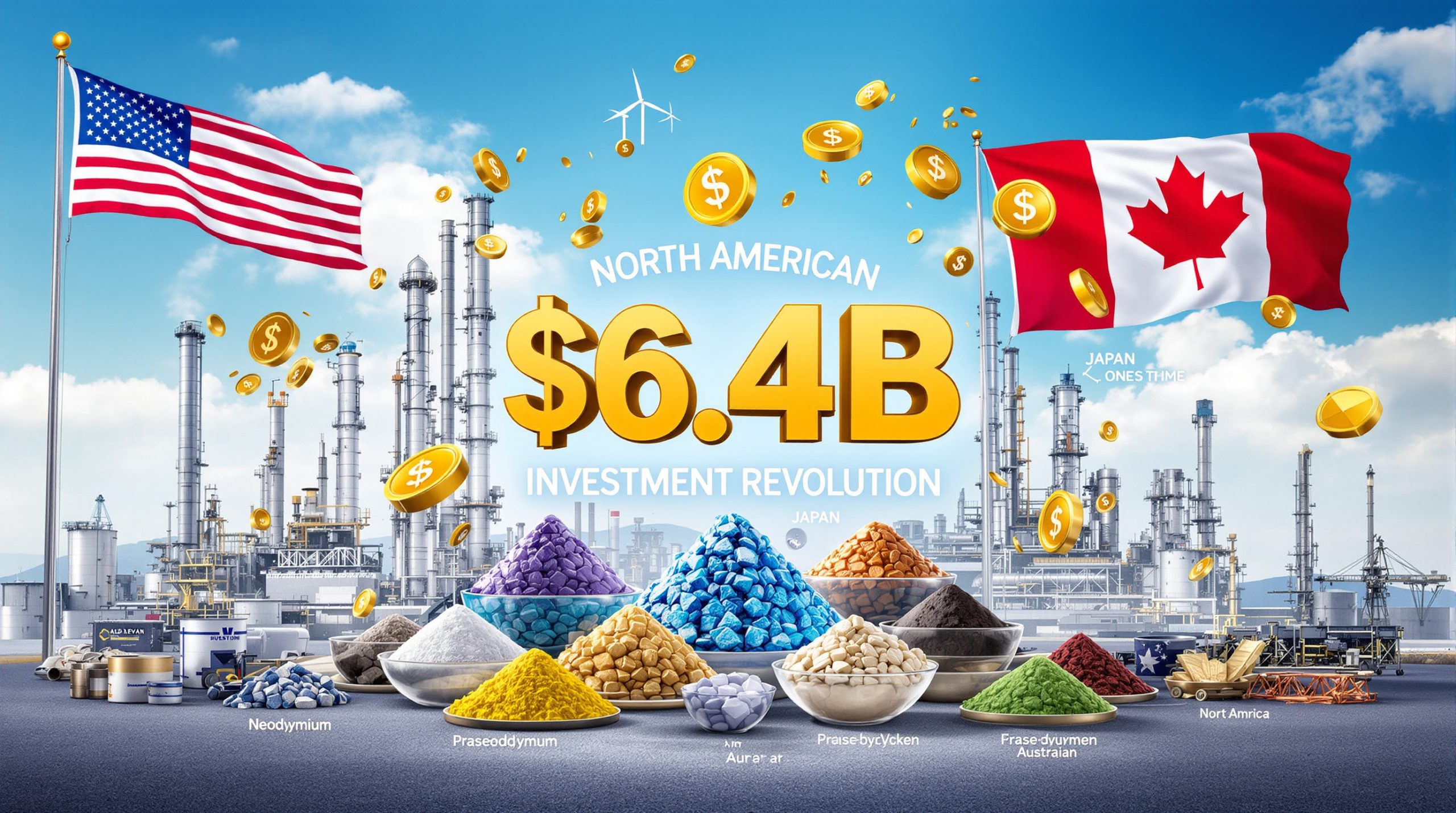What Is the Silver Squeeze Movement?
The silver squeeze movement gained prominence in 2021, emerging from Reddit communities like Wall Street Bets and later Wall Street Silver. Similar to the GameStop and AMC stock squeezes, it aimed to impact silver prices through coordinated buying by retail investors. While traditional market squeezes target stocks with high short interest, the silver squeeze focused on a commodity market with complex industrial dynamics.
Origins of the Silver Squeeze
Born out of the Wall Street Bets community that successfully squeezed GameStop and AMC stocks, the silver squeeze represented an attempt to apply similar tactics to precious metals markets. Wall Street Silver was specifically created to focus on silver market dynamics, growing to over 200,000 members dedicated to discussing silver investment strategies.
The movement attempted to apply stock market squeeze tactics to the silver market, believing that coordinated buying could expose alleged price manipulation by large financial institutions. Proponents argued that physical silver was undervalued compared to paper derivatives and that taking delivery of physical metal would force price discovery.
Different Types of Silver Squeezes
The silver squeeze manifests in several distinct forms. Industrial squeezes occur when manufacturing demand creates bottlenecks, such as the recent movement of silver from the London Bullion Market Association (LBMA) to the Commodity Exchange (COMEX), indicating shifting industrial priorities.
Retail investor coordinated buying campaigns represent the most visible form, where online communities set specific dates for mass silver purchases. These campaigns often generate short-term price movements but struggle to maintain momentum against larger market forces.
Long-term holding strategies—sometimes called "stacking"—involve systematic removal of physical silver from circulation by individuals committed to multi-year or multi-decade ownership. This patient approach aims to gradually reduce available supply rather than create immediate price spikes.
Why Most Silver Squeeze Attempts Don't Work
Despite enthusiastic participation, most attempted silver squeezes have failed to significantly impact prices for fundamental reasons related to market size, structure, and participation dynamics.
The Limited Impact of Retail Investors
Retail investors represent only 15-25% of the overall silver market, with their influence concentrated primarily in the physical coin and small bar segment. Wall Street Silver moderators have acknowledged this limitation, stating: "Retail doesn't affect spot price" in their community discussions.
Industrial users account for approximately 60% of the 825 million ounces mined annually, making them the dominant force in price determination. Manufacturing needs for electronics, solar panels, medical devices, and thousands of other applications create baseline demand that dwarfs retail investment.
The remaining market participation comes from institutional investors, sovereign wealth funds, and central banks, whose trading activity in futures markets often generates precious metals price surge amid geopolitical tensions unrelated to physical metal supply and demand.
Market Manipulation Factors
Manipulation centered around big banks tied to the Federal Reserve has been documented in multiple legal settlements. JPMorgan paid $920 million in 2020 to settle charges related to precious metals market manipulation, confirming some squeeze proponents' suspicions about artificial price suppression.
Strong dollar policies impact precious metals pricing, as central banks often view rising metal prices as indicators of currency weakness. This creates institutional resistance to significant price appreciation in silver.
Derivative markets and rehypothecation—the practice of banks pledging collateral received as collateral to other institutions—create price distortions by allowing multiple claims on the same physical silver. Industry experts estimate paper silver contracts may exceed physical silver by ratios of 250:1 or higher, creating a disconnect between derivative pricing and physical metal availability.
The Unique Properties of Silver That Drive Its Value
Silver's fundamental characteristics make it irreplaceable in the modern economy, creating a complex market dynamic where industrial demand competes with investment interest.
Silver's Industrial Importance
Over 10,000 distinct industrial uses for silver exist across electronics, medicine, renewable energy, water purification, and manufacturing sectors. This diversity of applications ensures consistent baseline demand regardless of investment trends.
No other metal matches silver's unique properties, including the highest electrical conductivity, thermal conductivity, and reflectivity of any element. As one metallurgist noted, "There's no other metal on the planet with the same superior properties… There's no other metal that comes close to the diversity of use of silver."
Silver is described as "the bedrock of our modern technology," with applications ranging from smartphones and electric vehicles to medical devices and water purification systems. The average smartphone contains approximately 0.34 grams of silver, with billions of devices manufactured annually.
Supply and Demand Dynamics
Even slight changes in industrial demand can dramatically impact prices due to silver's relatively inelastic supply. Unlike gold, which is rarely consumed, approximately 85% of silver is used in applications where recovery is economically unfeasible, making it a partially consumable commodity.
Photovoltaic (solar) industry demand fluctuations significantly affect silver pricing, with each solar panel requiring between 15-20 grams of silver. As renewable energy adoption accelerates, this sector alone could consume over 15% of annual silver production by 2025.
Industrial users ultimately determine long-term price direction through their purchasing decisions, which are based on manufacturing requirements rather than investment sentiment. When industrial demand exceeds available supply, manufacturers must secure silver regardless of price, creating potential for supply shortages and price spikes.
What Is the True Silver Squeeze Strategy?
The most effective silver squeeze isn't about coordinated buying but about patient holding strategies that remove supply from the market over extended periods.
The Power of Holding Long-Term
"The only way to beat the manipulation is to hold long enough for industrial users to call the rehypothecation bluff," explains a prominent Wall Street Silver moderator. This perspective focuses on eventual industrial demand rather than short-term price movements.
Wall Street Silver states: "While sitting around is less exciting than buying, this is how apes win," referring to community members as "silverbacks" or "apes." This strategy emphasizes patience over immediate gratification.
Removing silver from circulation for extended periods creates genuine scarcity by reducing the metal available for industrial applications. Unlike paper contracts that can be created without physical backing, actual silver consumption creates permanent supply reduction.
Real-World Example of Long-Term Holding
Silver purchased for under $5/oz before online bullion dealers existed has preserved purchasing power despite decades of currency devaluation. Long-term holders who acquired silver in the 1990s have seen their metal maintain relative value against essentials like housing and food.
Holding silver for decades preserves purchasing power through currency devaluation cycles, providing financial security independent of banking systems. This patient approach treats silver as monetary insurance rather than a speculative investment.
$5 silver from decades ago roughly equates to $29-32 silver today in real purchasing power terms, demonstrating silver's effectiveness as a long-term store of value despite price volatility. When adjusted for true inflation rates rather than official CPI, silver has maintained remarkable consistency in real purchasing power.
How to Implement a Personal Silver Squeeze Strategy
For individual investors, specific strategies can maximize the effectiveness of a personal silver squeeze approach while minimizing financial risk.
Smart Buying Practices
Dollar-cost averaging rather than timing the market allows investors to accumulate silver consistently without worrying about short-term price fluctuations. This systematic approach removes emotion from the buying process.
Buying when your budget allows, not based on hype or community pressure, ensures sustainable long-term participation. The silver squeeze is a marathon, not a sprint, making consistency more important than volume.
Avoiding overextending finances to purchase silver maintains financial stability while participating in the squeeze. Industry veterans recommend allocating no more than 10-20% of investment portfolios to gold and silver as reliable safe-haven assets to maintain proper diversification.
When to Hold vs. When to Sell
Hold the vast majority of your silver for the long term, thinking in decades rather than months or years. Some community members advocate a "core position" that remains untouched regardless of price movements.
Legitimate reasons for selling include major life needs like housing, medical expenses, or retirement funding. The purpose of silver holding is ultimately to preserve purchasing power for important life expenses.
Selling for short-term price fluctuations undermines the squeeze strategy and often results in diminished positions due to what industry experts call "weak hands"—investors who cannot maintain conviction during market volatility.
FAQs About the Silver Squeeze
Is the silver squeeze movement still active?
The silver squeeze continues in various forms, with Wall Street Silver still promoting holding strategies rather than coordinated buying campaigns. The community has evolved from attempting dramatic price spikes to encouraging systematic removal of silver from circulation through consistent individual action.
How much silver do I need to participate in the squeeze?
Any amount of silver held long-term contributes to the squeeze effect. The key is holding rather than the quantity owned. Community members range from those owning a few ounces to collectors with thousands of ounces, all contributing to the same cause through their combined impact on available supply.
Will silver prices eventually break through manipulation?
Industrial demand will ultimately determine when silver prices break through manipulative forces, as manufacturing needs cannot be suppressed indefinitely. The industrial consumption of approximately 500 million ounces annually creates a baseline demand that paper derivatives cannot permanently suppress.
What's the difference between silver squeezing and silver stacking?
Silver stacking focuses on personal wealth preservation, while squeezing specifically aims to impact market dynamics by removing supply. The practices are complementary but have different primary objectives—stacking prioritizes individual financial security while squeezing targets market-wide effects.
The Future of Silver Demand and Supply
The long-term outlook for silver involves increasing industrial applications against a backdrop of production challenges that could create significant supply constraints.
Industrial Demand Outlook
Growing renewable energy sector requires significant silver inputs, with solar panel manufacturing alone potentially consuming over 125 million ounces annually by 2025. Each gigawatt of solar capacity requires approximately 20 tons of silver, creating substantial demand as nations pursue clean energy goals.
Electronics and medical applications continue to expand, with silver's antibacterial properties finding new uses in healthcare settings. The COVID-19 pandemic accelerated adoption of silver-based sanitization technologies, creating additional consumption channels.
New technologies may discover additional uses for silver's unique properties, particularly in advanced electronics, battery technology, and antimicrobial applications. Silver's role in printed electronics, flexible displays, and 5G infrastructure represents growing demand segments that barely existed a decade ago.
Mining Production Challenges
Current annual production of approximately 825 million ounces faces significant challenges from depleting ore grades and rising extraction costs. The world's largest silver mines have seen average ore grades decline from over 500 g/ton in the early 1900s to under 200 g/ton today.
Many easily accessible silver deposits have already been exhausted, forcing mining operations to greater depths and more remote locations. Approximately 70% of silver comes as a byproduct of mining other metals, making supply partially dependent on copper, zinc, and lead production economics.
Rising extraction costs impact future supply, with all-in sustaining costs reaching $15-18 per ounce at many operations. These economics create a practical floor for long-term silver prices, as production becomes unsustainable below certain price levels.
The silver squeeze represents not just a movement but a recognition of fundamental supply-demand imbalances that may eventually force price discovery in a market long characterized by paper derivatives overwhelming physical metal trading. As one industry veteran concluded, "The silver market isn't just about investors—it's about the metal that makes modern life possible."
Investors looking to diversify their portfolios might consider the beginner's guide to mining stocks as an alternative way to gain exposure to precious metals. For those interested in broader market contexts, reviewing the gold market outlook for 2025 and global commodities market insights on political dynamics can provide valuable perspective on how the silver squeeze fits into larger economic trends.
Looking for an Edge in Resource Stock Investing?
Gain immediate notifications when significant mineral discoveries are announced on the ASX with Discovery Alert's proprietary Discovery IQ model, providing you with actionable insights ahead of the broader market. Visit Discovery Alert's discoveries page to understand why major mineral discoveries can lead to substantial returns, and begin your 30-day free trial today.




